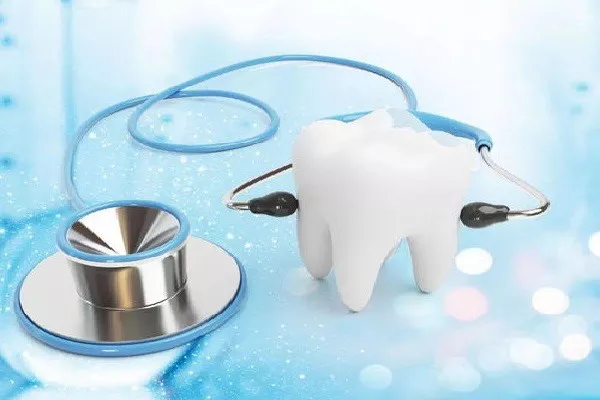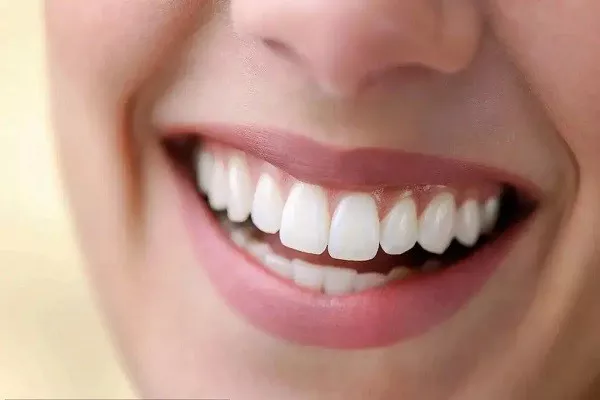Dental fillings are a common treatment for cavities and tooth damage. However, there are instances where new fillings may unexpectedly fall out, requiring additional dental intervention. In this article, we will explore the reasons behind this issue and provide insights into potential causes and preventive measures. Understanding why new fillings fall out can help you maintain a long-lasting and successful dental restoration.
I. Insufficient Bonding and Adhesion
- A. Inadequate Tooth Preparation:
- Insufficient removal of decayed or damaged tooth structure can compromise the bonding surface for the filling material.
- Inadequate tooth preparation can impede the adhesive bond between the filling and the tooth.
- B. Moisture and Contamination:
- A dry and clean tooth surface is crucial for achieving optimal adhesion.
- Moisture or contamination from saliva, blood, or other fluids during the filling placement can compromise the bond strength.
- C. Improper Technique or Material Selection:
- Incorrect application techniques or inappropriate filling materials can impact the adhesion.
- The use of outdated or expired dental materials can also contribute to inadequate bonding.
II. Bite Misalignment and Excessive Forces
- A. Occlusal Interference:
- Misaligned or uneven biting surfaces can exert excessive pressure on the filling, leading to its premature failure.
- Occlusal interference occurs when the teeth do not meet properly when biting or chewing.
- B. Teeth Grinding and Clenching:
- Bruxism, or teeth grinding and clenching, exerts excessive forces on dental restorations.
- Continuous grinding and clenching can weaken the bond between the filling and the tooth, causing it to dislodge.
- C. Chewing Hard or Sticky Foods:
- Excessive force from chewing hard or sticky foods can dislodge the filling.
- Regularly consuming foods that place undue stress on the filling can increase the risk of its failure.
III. Recurrent Decay or Secondary Caries
- A. Inadequate Removal of Decay:
- If decay is not completely removed before placing the filling, bacteria can persist and cause recurrent decay.
- Recurrent decay weakens the tooth structure and can lead to filling failure.
- B. Inadequate Marginal Seal:
- Poorly sealed margins between the filling and the tooth can create a space for bacteria to enter.
- Bacterial infiltration can cause secondary caries and compromise the integrity of the filling.
- C. Neglected Oral Hygiene:
- Inadequate oral hygiene practices, such as inconsistent brushing and flossing, increase the risk of plaque accumulation.
- Plaque buildup around the filling can contribute to recurrent decay and compromise its longevity.
IV. Shrinkage and Expansion of Filling Materials
- A. Polymerization Shrinkage:
- Some dental filling materials shrink during the curing process.
- Excessive shrinkage can create gaps between the filling and the tooth, leading to its dislodgement.
- B. Thermal Expansion and Contraction:
- Dental restorations can expand and contract in response to temperature changes in the oral cavity.
- Frequent and extreme temperature fluctuations can weaken the bond between the filling and the tooth.
- C. Incompatibility with Tooth Structure:
- Incompatibility between the filling material and the tooth structure can lead to differences in expansion and contraction rates.
- The resulting stress can compromise the integrity of the filling over time.
To prevent new fillings from falling out, consider the following recommendations:
- A. Choose a Skilled and Experienced Dentist:
-
- Select a dentist with expertise in dental restorations and a track record of successful outcomes.
- A skilled dentist will ensure proper tooth preparation, appropriate material selection, and effective bonding techniques.
- B. Ensure Proper Tooth Preparation and Adhesive Bonding:
-
- Thoroughly remove all decayed or damaged tooth structure before placing the filling.
- Ensure a dry and clean tooth surface to promote optimal bonding.
- Use high-quality adhesive materials and follow the manufacturer’s instructions for effective bonding.
- C. Address Bite Misalignment and Excessive Forces:
-
- Seek dental treatment for bite misalignment or occlusal interferences.
- Consider the use of orthodontic treatments or dental adjustments to achieve proper alignment.
- Use a custom-fitted nightguard if you grind or clench your teeth to protect the dental restorations.
- D. Maintain Good Oral Hygiene Practices:
-
- Brush your teeth at least twice a day using a fluoride toothpaste.
- Floss daily to remove plaque and debris from between the teeth and around the fillings.
- Schedule regular dental check-ups and professional cleanings to monitor your oral health and detect any signs of decay or filling failure.
- E. Choose the Right Filling Material:
-
- Discuss with your dentist the most suitable filling material for your specific needs.
- Ensure that the chosen material has good bonding properties and is compatible with your tooth structure.
- Stay informed about advancements in dental materials to explore options that offer better durability and longevity.
- F. Avoid Excessive Pressure on Dental Restorations:
-
- Be mindful of chewing hard or sticky foods that can exert excessive force on the fillings.
- Cut food into smaller, manageable pieces to minimize stress on the restorations.
- Consider chewing on the opposite side of the mouth with the new fillings until they fully adapt.
- G. Maintain a Healthy Lifestyle:
-
- Follow a balanced diet that is low in sugary foods and beverages to reduce the risk of recurrent decay.
- Quit smoking, as it can weaken the bond between the filling and the tooth and compromise oral health.
- Avoid excessive consumption of acidic foods and beverages that can erode tooth enamel and weaken the filling.
Conclusion:
New fillings can fall out due to factors such as inadequate bonding, bite misalignment, recurrent decay, and material shrinkage. However, by taking proactive steps, including proper tooth preparation, addressing bite issues, maintaining good oral hygiene, selecting suitable filling materials, and avoiding excessive forces, you can promote the longevity and success of your dental restorations. A collaborative approach with your dentist is essential in preventing premature filling failure and maintaining optimal oral health.
Related Topics:






























